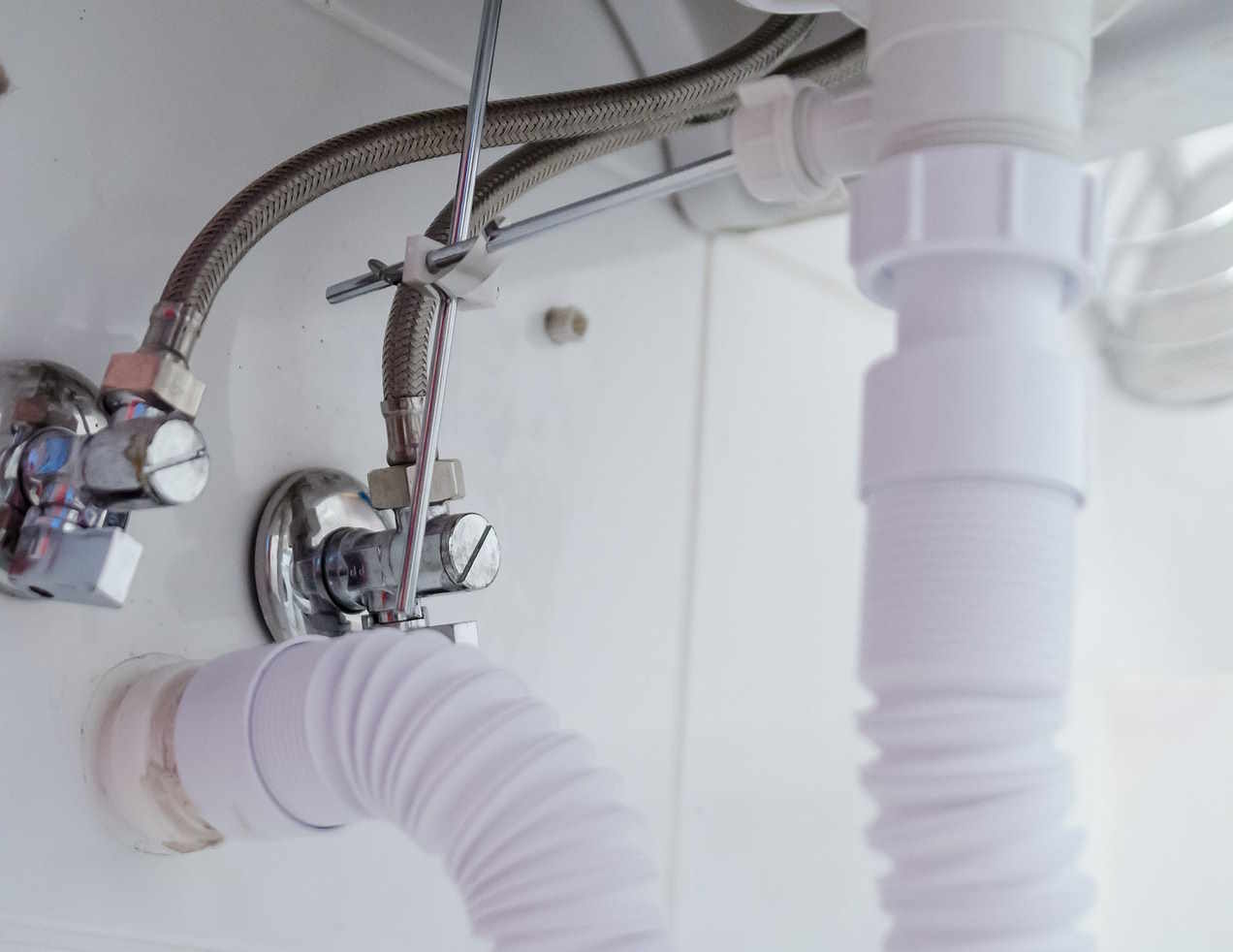Garbage Disposal Basics for Kitchen Sinks and Food Waste
A garbage disposal is a common kitchen appliance mounted beneath a sink that shreds food waste into small particles for easier passage through plumbing. Understanding how it works, what can safely go into it, and how it interacts with your sink and pipes helps reduce clogs and odors. This article explains core functions, common plumbing considerations, safe food-waste practices, troubleshooting steps, and basic maintenance to keep a disposal operating reliably in a household setting.

What is a garbage disposal?
A garbage disposal is an electrically powered device installed under a kitchen sink that macerates food scraps. It sits between the sink drain and the plumbing trap, using a spinning plate or impellers to break organic material into small particles. Modern units vary by horsepower, noise reduction, and compactness. While disposals reduce the volume of food waste entering trash bins, they are not designed to process all materials. Proper selection and use depend on household needs, sink configuration, and local regulations governing food-waste disposal.
How does a garbage disposal fit in the kitchen?
In the kitchen, the garbage disposal connects directly to the sink drain and the drainage plumbing, usually replacing the sink’s standard strainer. It requires an electrical connection—either a dedicated outlet under the sink or a hardwired setup—and must align with the sink’s space and mounting system. The presence of a disposal affects how you manage food waste and cleaning routines; for example, running cold water while operating the unit helps flush particles through the piping. Its placement beneath the sink also influences under-sink storage and accessibility for maintenance.
How does it handle food waste?
Garbage disposals are designed for many common organic scraps: soft fruits and vegetables, small cooked meat remnants, and coffee grounds in moderation. They reduce solids into smaller particles so they can pass through plumbing to a municipal sewer or septic system. Hard, fibrous, or starchy items—such as bones, nutshells, large pasta quantities, celery strings, and potato peels—can damage blades or create clogs. Running a steady stream of cold water while the disposal operates helps transport particles and prevents buildup. Check local guidelines for any restrictions on sending food waste into sewers.
What plumbing considerations are important?
Plumbing compatibility is key when installing a disposal. The unit must be properly mounted to the sink flange, connected to the trap and drain line, and, if present, the dishwasher inlet must be correctly tied in or capped. Adequate venting and correct pipe slope reduce the chance of backups. For homes on septic systems, consult a professional: excessive use may affect system balance. Additionally, electrical safety, a properly rated circuit, and a reset switch are important. Routine inspection of seals and connections helps prevent leaks and corrosion beneath the sink.
How to diagnose sink and disposal problems?
Common disposal symptoms include humming without grinding, frequent jams, leaks, slow draining, or unusual noises. A humming motor often indicates a jammed impeller; disconnect power, use a hex key in the service hole if provided, and clear obstructions manually. Leaks may appear at the sink flange, dishwasher connection, or discharge pipe and usually require tightening or replacing gaskets and clamps. Slow drains might be a partial clog in trap or downstream piping rather than the disposal itself. Always disconnect power before inspecting, and consult a licensed plumber for complex repairs or electrical issues.
Installation and maintenance basics
Proper installation and periodic maintenance extend a disposal’s life. Maintenance tips include running cold water while the unit operates, occasionally grinding small citrus peels for odor control, and avoiding harsh chemicals or bleach that can damage seals. Regularly check mounting hardware and the reset button. If installing, follow manufacturer guidelines for electrical connections, or hire a licensed electrician and plumber from local services in your area to ensure safe, code-compliant work. Keep a basic set of sink tools and a flashlight under the sink for quick inspections.
Conclusion
A garbage disposal can simplify kitchen food-waste management when used and maintained correctly. Knowing what items to avoid, how the unit ties into sink and plumbing systems, and how to recognize common problems will reduce repairs and improve performance. Installation demands attention to plumbing and electrical codes, and routine maintenance keeps the disposal working efficiently without causing downstream issues. With sensible use, a disposal is a practical component of many modern kitchens.






